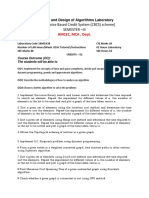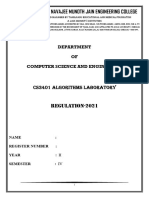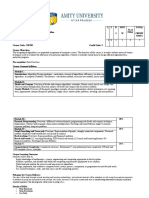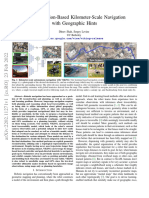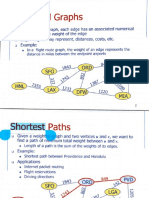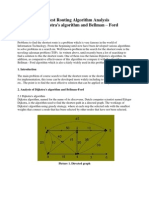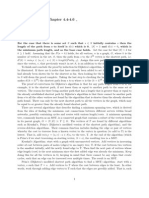0% found this document useful (0 votes)
29 views41 pagesCS3401-Algorithms Lab Manual
The document outlines the practical examination record for the Algorithms Laboratory course at Jeppiaar Engineering College for the academic year 2024-2025. It includes the college's vision and mission, course outcomes, and a detailed index of experiments related to various algorithms, along with their results demonstrating the implementation and efficiency of each algorithm. The experiments cover topics such as search algorithms, sorting techniques, graph algorithms, and optimization problems.
Uploaded by
kathirgv06Copyright
© © All Rights Reserved
We take content rights seriously. If you suspect this is your content, claim it here.
Available Formats
Download as PDF, TXT or read online on Scribd
0% found this document useful (0 votes)
29 views41 pagesCS3401-Algorithms Lab Manual
The document outlines the practical examination record for the Algorithms Laboratory course at Jeppiaar Engineering College for the academic year 2024-2025. It includes the college's vision and mission, course outcomes, and a detailed index of experiments related to various algorithms, along with their results demonstrating the implementation and efficiency of each algorithm. The experiments cover topics such as search algorithms, sorting techniques, graph algorithms, and optimization problems.
Uploaded by
kathirgv06Copyright
© © All Rights Reserved
We take content rights seriously. If you suspect this is your content, claim it here.
Available Formats
Download as PDF, TXT or read online on Scribd
/ 41








